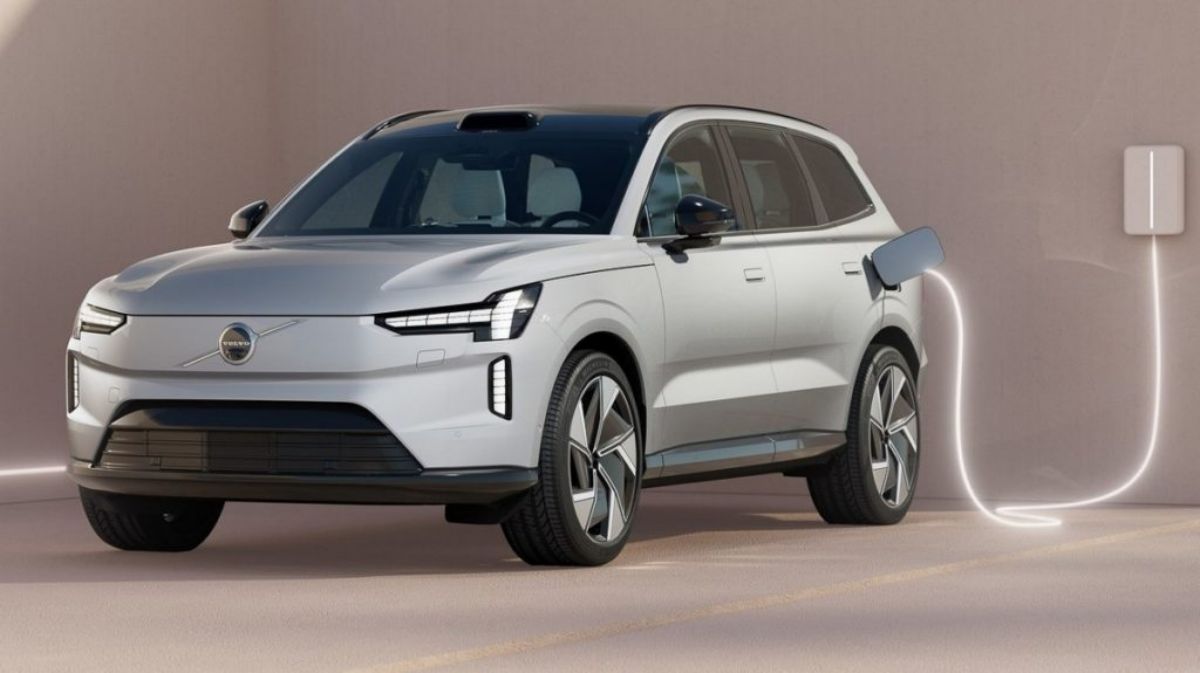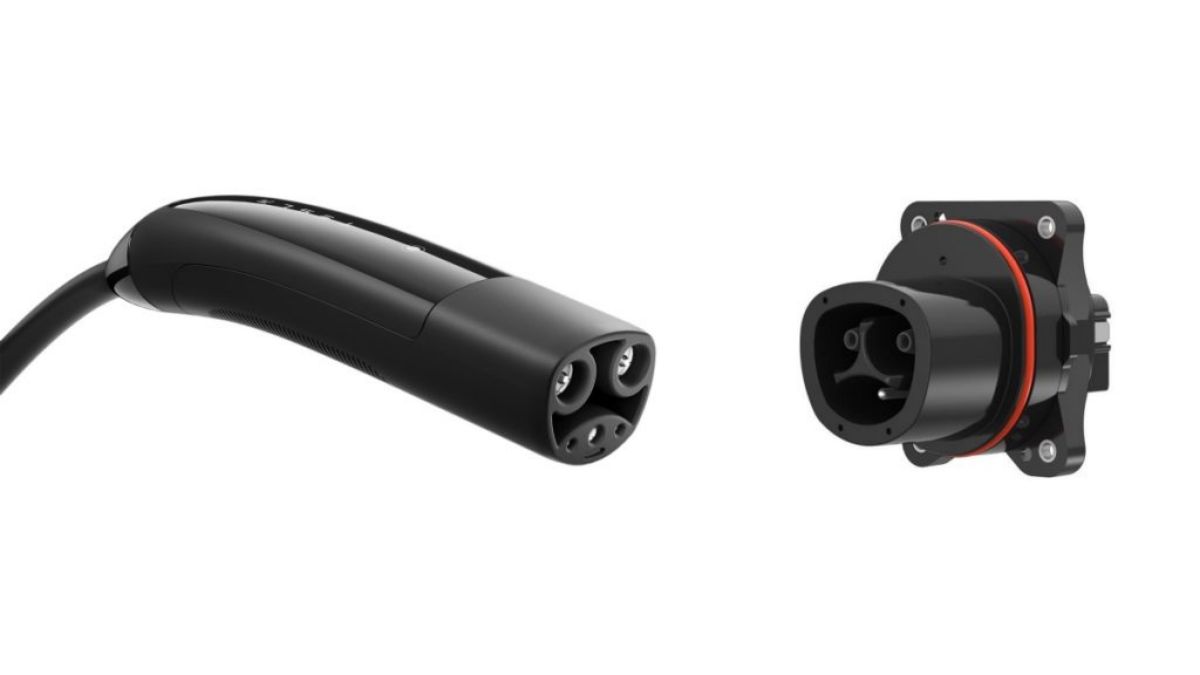August 21, 2023
The electric vehicle (EV) charging industry has witnessed rapid growth in recent years, driven by the increasing demand for clean and sustainable transportation solutions. As EV adoption continues to rise, the development of standardized charging interfaces plays a crucial role in ensuring compatibility and convenience for consumers. In this article, we will compare the CCS1 (Combined Charging System 1) and NACS (North American Charging Standard) interfaces, shedding light on their key differences and providing insights into their industry implications.
The CCS1 charging interface, also known as the J1772 Combo connector, is a widely adopted standard in North America and Europe. It is a combined AC and DC charging system that provides compatibility with both AC Level 2 charging (up to 48A) and DC fast charging (up to 350kW). The CCS1 connector features an additional two DC charging pins, allowing for high-power charging capabilities. This versatility makes CCS1 a preferred choice for many automakers, charging network operators, and EV owners; The NACS charging interface is a North American-specific standard that evolved from the previous Chademo connector. It primarily serves as a DC fast charging option, supporting charging power of up to 200kW. The NACS connector features a larger form factor compared to the CCS1 and incorporates both AC and DC charging pins. While NACS continues to enjoy some popularity in the United States, the industry is gradually shifting towards CCS1 adoption due to its enhanced compatibility.
CCS1:
Type:
Comparative Analysis:
1. Compatibility: One significant difference between CCS1 and NACS lies in their compatibility with different EV models. CCS1 has gained broader acceptance globally, with an increasing number of automakers integrating it into their vehicles. In contrast, NACS is primarily limited to specific manufacturers and regions, limiting its adoption potential.
2. Charging Speed: CCS1 supports higher charging speeds, reaching up to 350kW, compared to the 200kW capacity of NACS. As EV battery capacities increase and consumer demand for faster charging rises, the industry trend leans towards charging solutions that support higher power levels, giving CCS1 an advantage in this regard.
3. Industry Implications: The universal adoption of CCS1 is gaining momentum due to its broader compatibility, higher charging speeds, and established ecosystem of charging infrastructure providers. Charging station manufacturers and network operators are focusing their efforts on developing CCS1-supported infrastructure to cater to the growing market demands, potentially rendering the NACS interface less relevant in the long run.
The CCS1 and NACS charging interfaces have distinct differences and implications within the EV charging industry. While both standards offer compatibility and convenience to users, CCS1′s broader acceptance, faster charging speeds, and industry support position it as the favored choice for future EV charging infrastructure. As technology advances and consumer demand evolves, it is essential for stakeholders to keep pace with industry trends and adapt their strategies accordingly to ensure a seamless and efficient charging experience for EV owners.
Post time: Aug-21-2023









